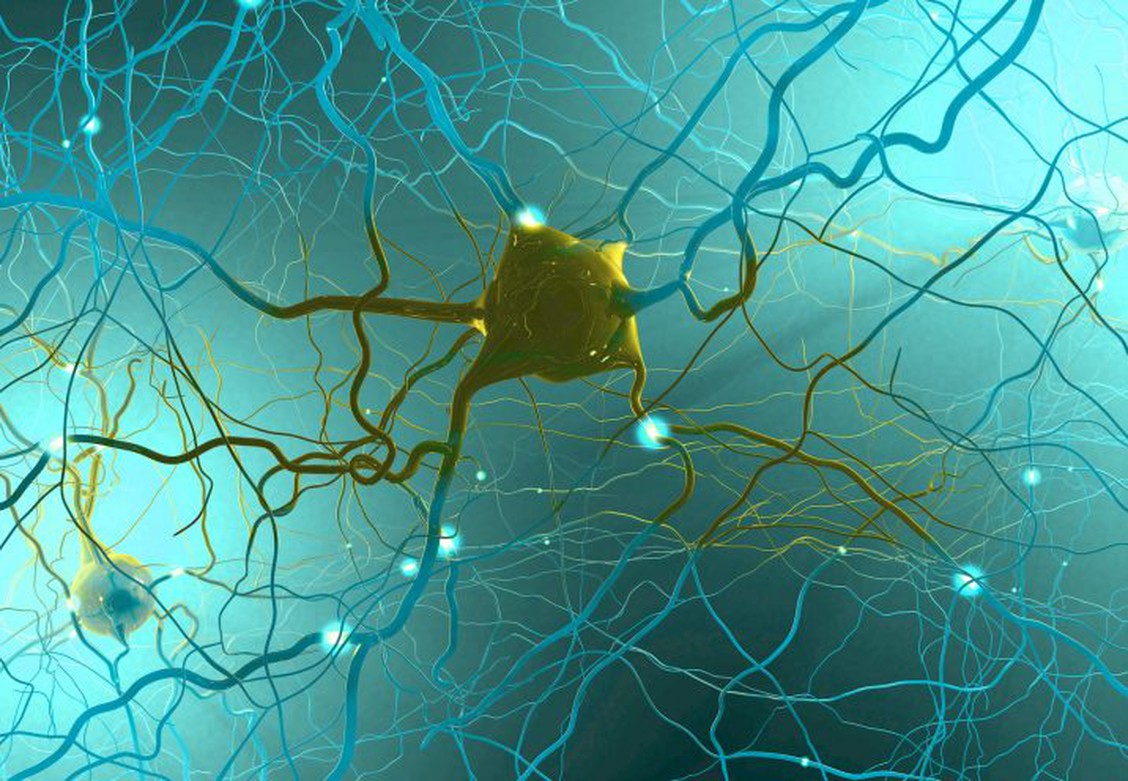You are here
Home 🌿 Medical Cannabis News 🌿 Canadian study finds almost half of medical cannabis users with chronic pain stopped using opioids 🌿Canadian study finds almost half of medical cannabis users with chronic pain stopped using opioids

A Canadian study of patients seeking medical cannabis to treat chronic pain found that women reported more pain intensity than men and that opioid use was almost halved for those who remained in the study until the end.
“Female sex was significantly associated with worse outcomes than male sex, including pain intensity and pain-related interference,” while opioid use decreased by almost half, from 40.8 per cent at baseline to 23.9 per cent at 12 months, notes the study published in the Canadian Journal of Anaesthesia.
Participants in the observational study — 62 per cent of whom were female, 91 per cent of them white and 88 per cent seeking pain relief — were patients enrolled in community-based clinics in Ontario between Sept. 8, 2015 and July 31, 2018. From questionnaire responses, researchers assessed anxiety, depression, quality of life (QoL), general health symptoms, neuropathic pain, self-reported opioid consumption and adverse events.
To get a full picture, they considered demographics, patterns of cannabis use, long-term effectiveness of cannabis on pain, pain intensity and pain-related interference scores at baseline and three, six and 12 months. Of the 757 people at baseline, that number dropped to 230 at six months and 104 at 12 months.
Time was a “significant factor associated with improvement in pain intensity, pain-related interference scores, QoL and general health symptoms,” the abstract points out.
The researchers acknowledged the “significant challenges to collecting long-term observational data on patients who attempted a trial of cannabis products.” Even so, about a third of patients in the study remained on medical cannabis for six months, something that reduced pain intensity and pain-related interference while enhancing QoL and general health symptoms scores.
The findings are consistent with numerous other studies, notes a post from the National Organization for the Reform of Marijuana Laws (NORML).
Study authors noted many study participants switched from consuming herbal cannabis to ingesting oil extracts over the course of the trial, reports NORML. “Beneficial effects of cannabis appear to persist long-term and tolerance may not become a significant issue for patients on a stable regimen,” the blog cites investigators as concluding.

“For many pain patients, cannabis offers a viable alternative to opioids, potentially improving their quality of life while possessing a superior safety profile.” / PHOTO BY WILDPIXEL / ISTOCK / GETTY IMAGES PLUS
NORML deputy director Paul Armentano views the data from the study to be consistent and persuasive. “For many pain patients, cannabis offers a viable alternative to opioids, potentially improving their quality of life while possessing a superior safety profile,” Armentano writes.
Another Canadian study, published just last month, found that using cannabis significantly reduced opioid use and improved quality of life. For those who used opioids, the daily amount fell 78 per cent from 152 mg morphine milligram equivalent (MME) at baseline to 32.2 mg MME at six months.
“The high rate of cannabis use for chronic pain and the subsequent reductions in opioid use suggest that cannabis may play a harm reduction role in the opioid overdose crisis, potentially improving the quality of life of patients and overall public health,” researchers concluded.
Another recent study from Harvard Medical School involving almost 250,000 chronic pain patients from 2011 to 2015 found that their cannabis use more than doubled over that period. “With chronic pain projected to increase over the next two decades to a rate of one in three people from the current rate of one in five people, our findings foretell that cannabis use can be projected to increase even more rapidly,” study authors noted.
420 Intel is Your Source for Marijuana News
420 Intel Canada is your leading news source for the Canadian cannabis industry. Get the latest updates on Canadian cannabis stocks and developments on how Canada continues to be a major player in the worldwide recreational and medical cannabis industry.
420 Intel Canada is the Canadian Industry news outlet that will keep you updated on how these Canadian developments in recreational and medical marijuana will impact the country and the world. Our commitment is to bring you the most important cannabis news stories from across Canada every day of the week.
Marijuana industry news is a constant endeavor with new developments each day. For marijuana news across the True North, 420 Intel Canada promises to bring you quality, Canadian, cannabis industry news.
You can get 420 Intel news delivered directly to your inbox by signing up for our daily marijuana news, ensuring you’re always kept up to date on the ever-changing cannabis industry. To stay even better informed about marijuana legalization news follow us on Twitter, Facebook and LinkedIn.




